Delayed gratification is a process where somebody resists the temptation of an immediate reward in favour of a larger reward later down the line. It can be reduced down to something as simple as “good things come to those who wait”, and you will likely use it frequently in everyday life. From saving money to not stuffing yourself on chocolate and sweets, to just planning for the future – you utilise delayed gratification in the knowledge that holding off on the immediate reward will lead to greater results.
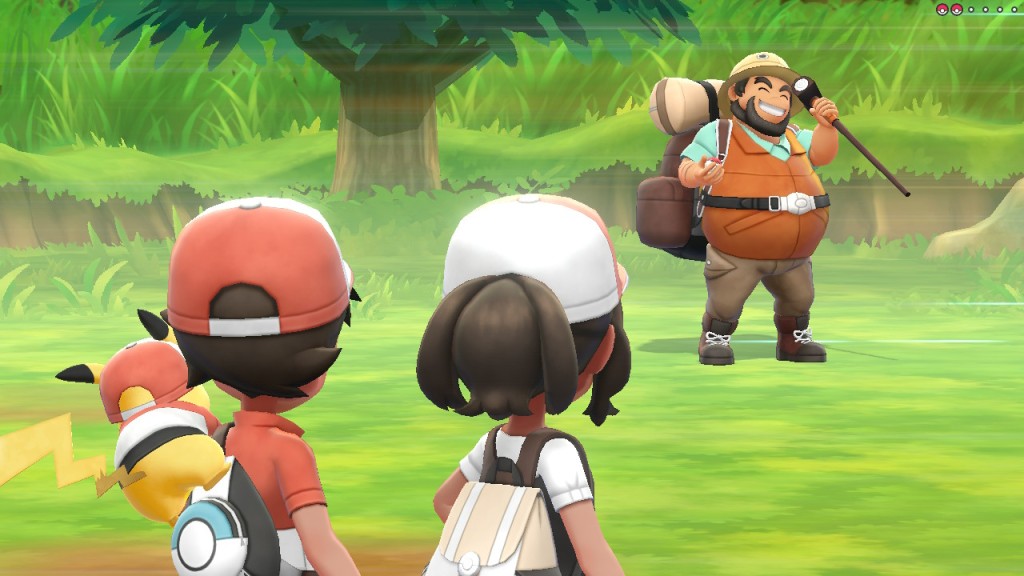
Gratification is used by video games all the time. They might be immediate gratification through something that is instantly fun and enjoyable – see the FPS genre for lots of examples of this. There are games like the recent Assassin’s Creed games that allow you to pay for that instant gratification through time-saving microtransactions but still have the option of letting players progress normally. While I don’t like this sort of thing on principle, it is an excellent example of instant and delayed gratification.
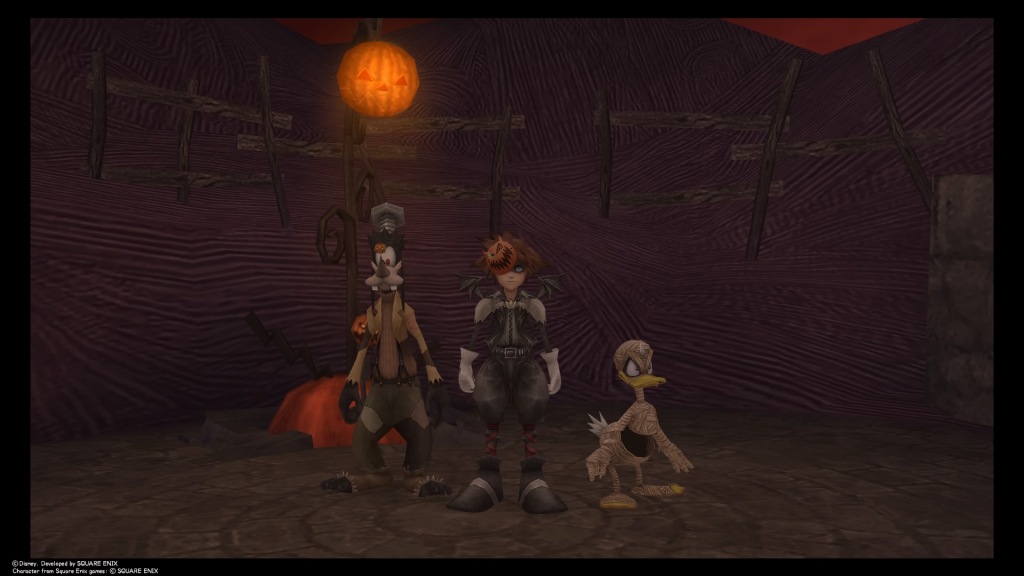
And then we have JRPG’s. This genre is known for being extremely long, having complicated systems, in-depth storylines, and as a genre, it’s a solid example of delayed gratification at work. I’m going to go out on a limb and say that this applies to all JRPG’s past, present and future.
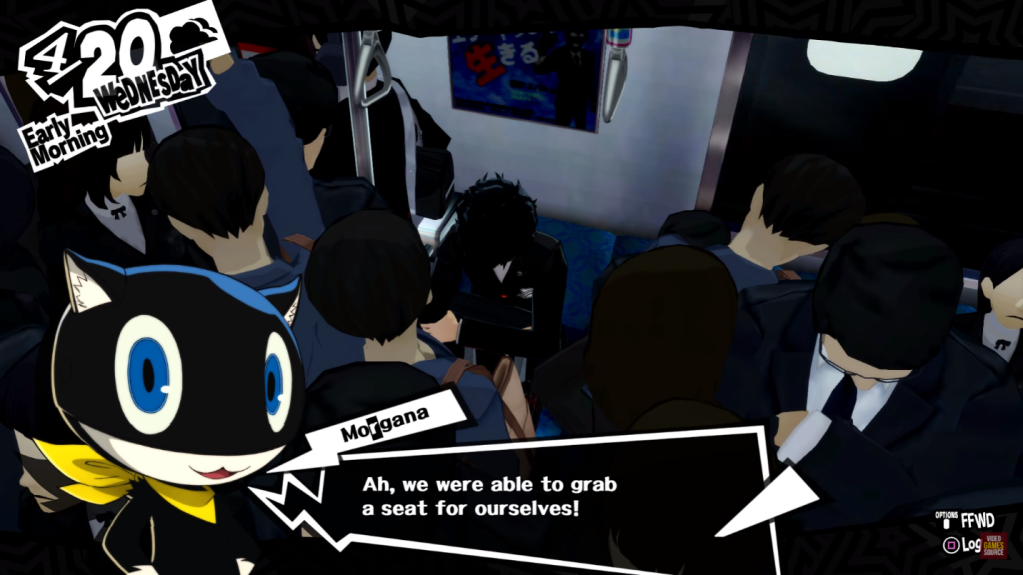
Firstly, we have the time commitment. Pretty much every JRPG takes upwards of 20 hours to complete and that is a very low ball figure with many taking three times that long. Due to how they are structured, you aren’t going to experience everything the game has to offer for several hours. This might mean limiting the characters you can use, systems being slowly introduced, plot twists revealing what is really going on or a learning curve with the battle system. Each of these requires commitment and time to fully experience. To the point where a frequent quote about JRPG’s is “you just need to get past the first 10 hours and then it becomes really fun”, which is a statement for delayed gratification if I ever heard one. You resist shutting off this game and playing something you’ll immediately enjoy for the potential of having a great time later on.
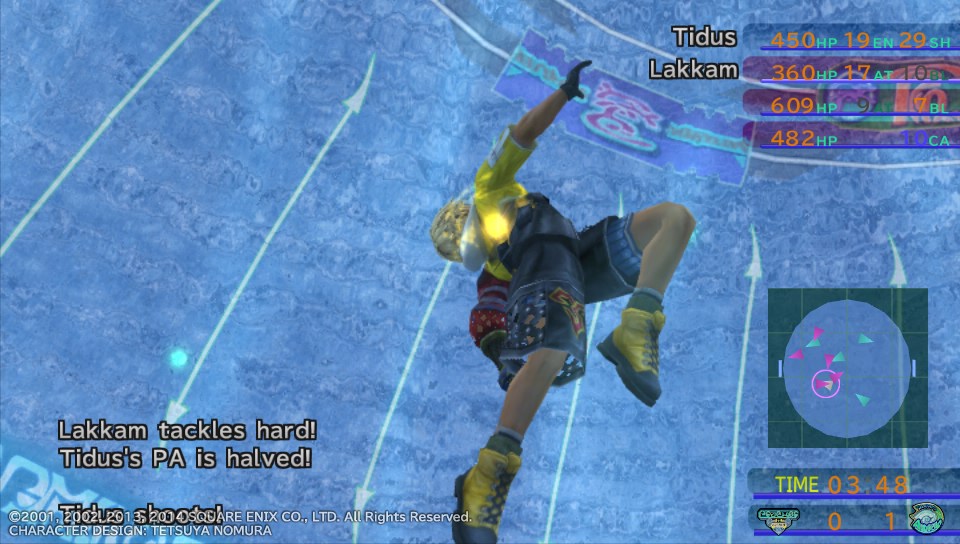
And there is a specific kind of JRPG satisfaction that comes from mastering the systems, immersing yourself in the world and story and connecting with the characters that only comes from investing time and energy into a game. And thanks to delayed gratification, you won’t have that same experience if you skip all the dialogue, level up via cheats/exploits and generally try to rush the experience. Only by taking your time do you see the most of a JRPG.
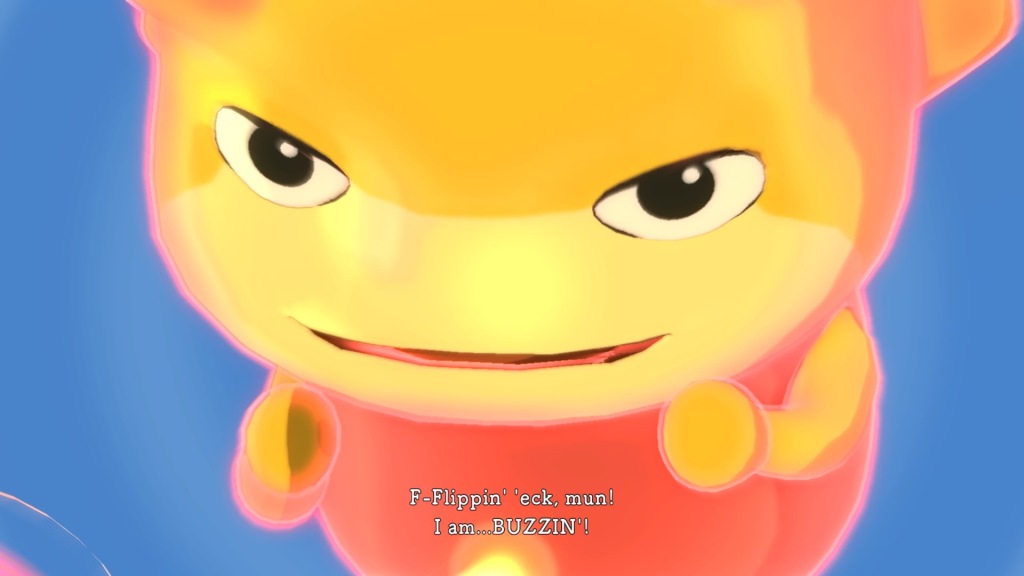
Next, we have the structure of a JRPG. They almost always involve a battle system that requires the players to invest some time to learn (see above why that’s important) and you’ll master it via lots and lots of battles. These fights are important for helping you master the game’s systems but they also give you the chance to level up your characters so you can progress through the story. Pretty much every JRPG involves the player’s characters going from barely being able to lift a sword to killing god (an exaggeration but lots of JRPG’s do have you fight god). I think we can all agree that after fighting the same enemy a few times, there isn’t much joy to be found fighting them for the 10th, 20th, or 100th time. And yet, many of us will continue to bash away at them all the same. That’s because we want our characters to power up and become the badasses we know that they are, we want that cool new move or maybe we just like to see large numbers appear when we press a button. Whatever the reason I think we can all agree that when you reach that goal, it feels awesome. Again, delayed gratification. The same wouldn’t be true if the game started, immediately gave you all those levels and then you pressed that same button. It would feel cheap and wouldn’t work.

And finally, we have the ending. Something I’ve heard a lot in my many years of playing long story-centric games is “this game is just cutscenes, just watch a film instead”. While JRPG’s are filled with dialogue and cutscenes, they serve an important purpose. A cutscene is a little reward to the player to give them a little bit of that gratification to help keep them hooked on the experience. They are similar to reaching a new level with a character and getting a cool new move or buying a badass sword, they reward you for your investment. And none are more rewarding than the game’s climax.
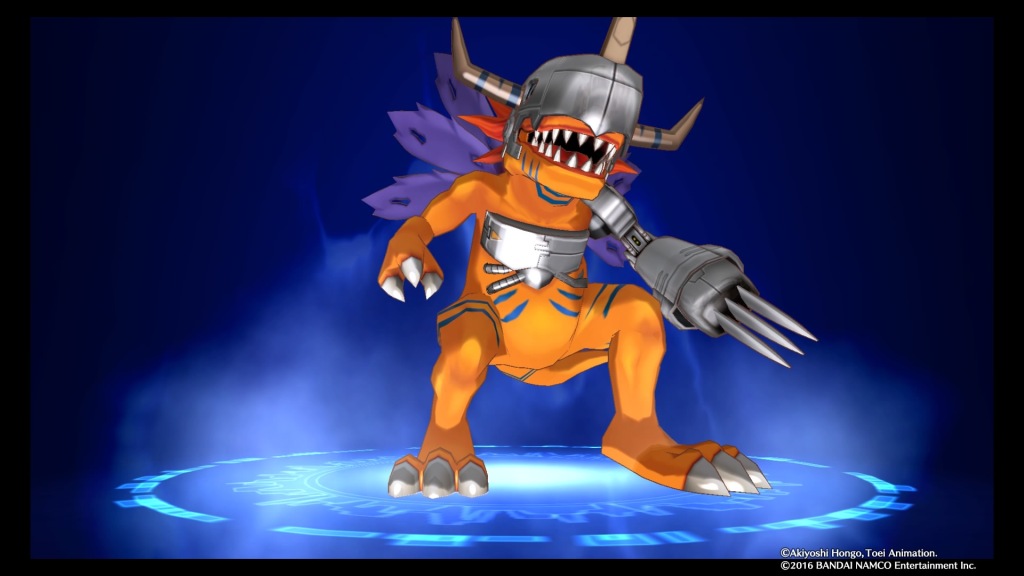
You might have been building towards this ending for 60 hours and yes a lot of that might be talking or cutscenes, that isn’t the point. If this was a TV show or film, you’d sit in a static role as the observer. In a game, you are the characters. You’ve moved them around for hours, you’ve fought and bled alongside them. You’re far more invested in their story than you would if you had just watched the cutscenes and read the wiki for the story. And you could do that. You could experience Persona 4 in this way, but would you appreciate it in the same way? If you said yes, then you are a liar. You need everything that’s come before from incidental dialogue to buying new boots for you to have that same gratification and experience of finishing a JRPG. There is a reason why the anime versions of the Tales of series are good but would never replace the games themselves.
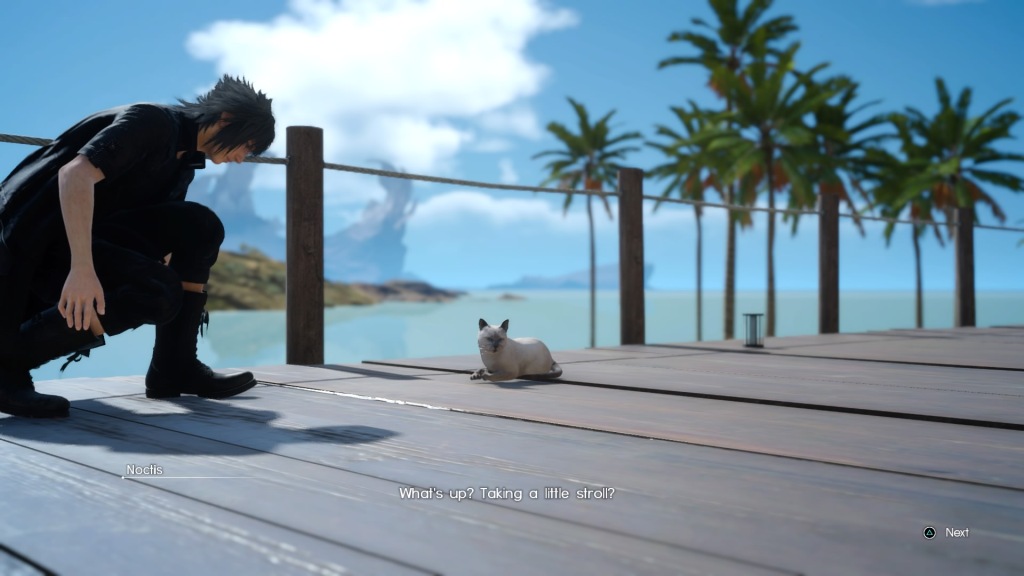
So, I hope I’ve proven my point (if it was even one that needed proving). I’ve not discussed why people continue after the game for side bosses or touched on why people play games where they dislike one of the above elements but keep playing and replaying regardless. But then again, I don’t need to because you’ve gotten this far and hopefully you didn’t skip to the end for the instant gratification of seeing my rambling conclusion.
Thank you for reading. If you want some JRPG recommendations then I wrote a retrospective of the first Kingdom Hearts game which is blast. Alternatively, check out my video on the genius behind Pokemon Let’s Go’s Co-op, and delay your gratification with a friend/family member.
As always, if you would like to support the site then please use our Amazon Affiliate Link. It doesn’t cost you anything extra and we get a small kickback on every purchase.

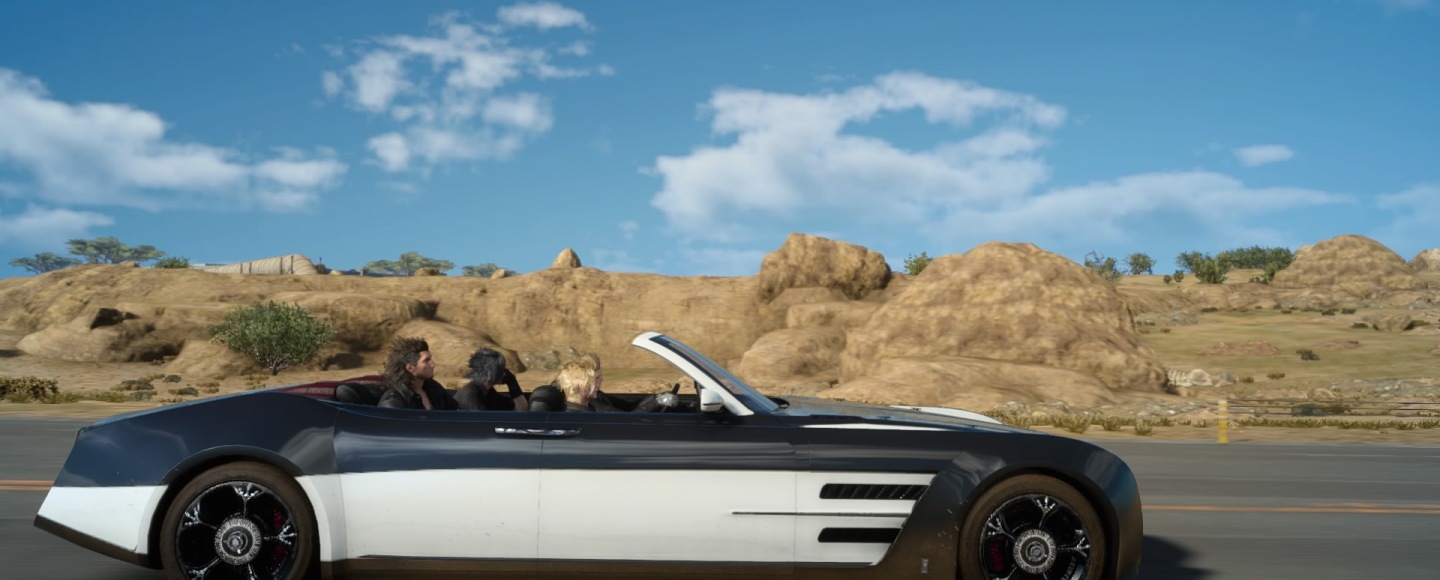
Pingback: Fantasy Premier League – Week 1 – I watch football now – Bits & Pieces
Pingback: Fantasy Premier League – Week 21 – Football mad – Bits & Pieces
Pingback: Vampyr – Review – I vant to go through all your dialogue options – Bits & Pieces